
10 Tips for Summer Kefir
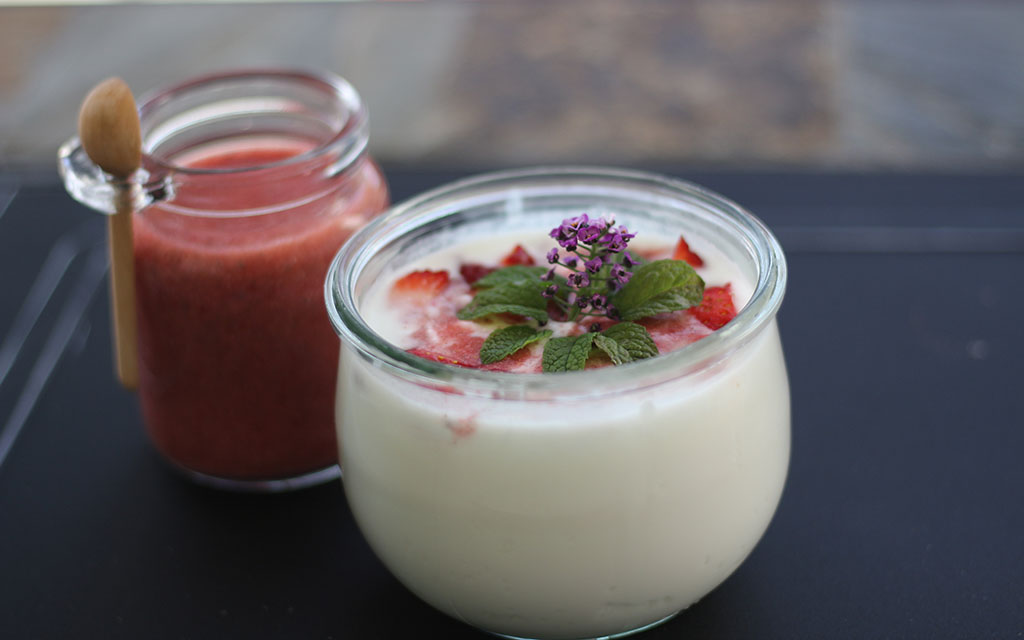 Kefir is a living food that tends to have a mind of its own. It ferments differently in the winter than in the summer, so understanding the process can make a huge difference. I'm sharing tips to help you make great summer kefir. These special kefir microbes have taught me more about who I am than just about anything else I have ever encountered. I think drinking kefir first thing in the morning works best for me - especially in the summertime. It's a fast breakfast and I love it so much. I love to take a grapefruit and squeeze the juice into my kefir. I can't tell you how good this is first thing in the morning. I flood my body with C and B vitamins along with a cup of coffee or chai tea and I'm off and running. I love this breakfast and it helps me so much. It gives me so much energy and I feel full and satisfied. It takes just minutes to prepare. Here are the ten tips to help you make the best Summer Kefir!
Kefir is a living food that tends to have a mind of its own. It ferments differently in the winter than in the summer, so understanding the process can make a huge difference. I'm sharing tips to help you make great summer kefir. These special kefir microbes have taught me more about who I am than just about anything else I have ever encountered. I think drinking kefir first thing in the morning works best for me - especially in the summertime. It's a fast breakfast and I love it so much. I love to take a grapefruit and squeeze the juice into my kefir. I can't tell you how good this is first thing in the morning. I flood my body with C and B vitamins along with a cup of coffee or chai tea and I'm off and running. I love this breakfast and it helps me so much. It gives me so much energy and I feel full and satisfied. It takes just minutes to prepare. Here are the ten tips to help you make the best Summer Kefir!
Tips For Summer Kefir
Time and Temperature
Kefir ferments in 24 hours at 69-73°F, but raise those temperatures and have a lot of temperature fluctuations, and it’s going to take your kefir less time to ferment. If your kefir is overfermenting (turning into whey and curds) and tasting super sour, then there are things you can do to help this. Check out our video and article too. It will help you see what happens when your kefir gets warm in the summertime.
Use Fewer Kefir Grains
One tablespoon of active grains can ferment 2-4 cups of milk - maybe even more in summer temperatures. The warmer your kitchen, the faster it will ferment. Make sure you aren't using too many grains vs. milk.
If you want to slow down the fermentation, then remove some grains (use the extras to blend into a smoothie) and this will help slow down your fermentation time.
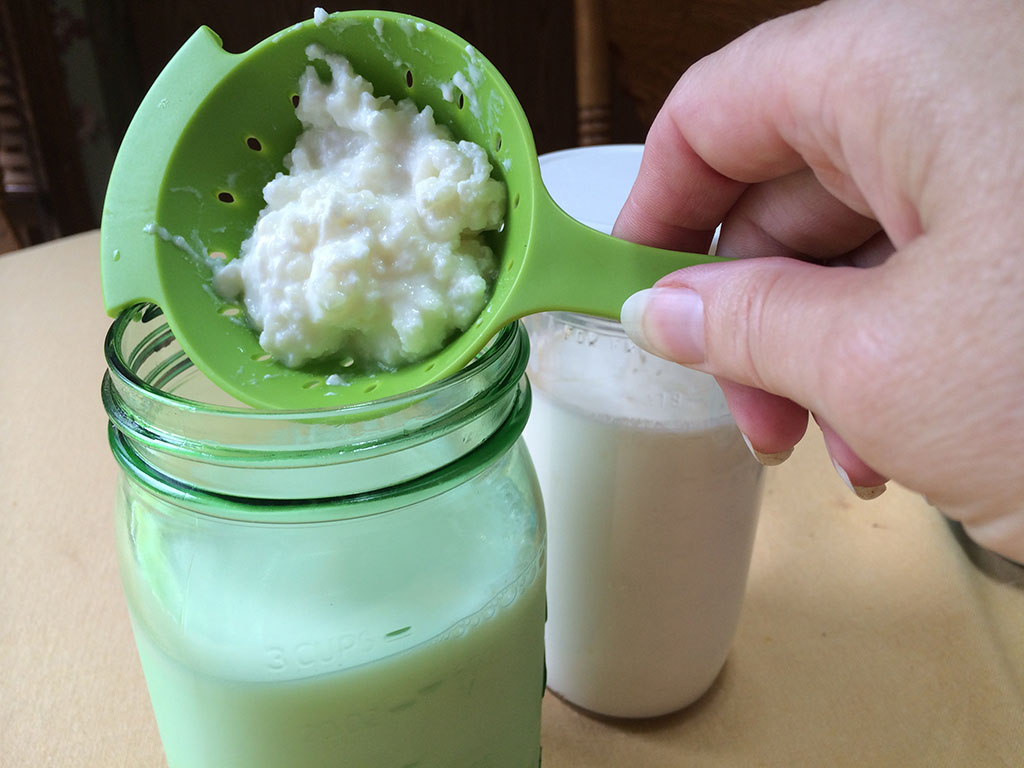
Use More Milk
Same tip as above, just carried out in a different way. Instead of reducing your kefir grains you can always increase your milk until you get the desired fermenting time. I try to aim for 24 hours so I'm only making kefir once a day. Think of it like this: the microbes are eating the milk sugars or lactose out of the milk and converting this food source into a probiotic. The more lactose they have, the longer it takes them to convert or ferment the lactose out of the milk.
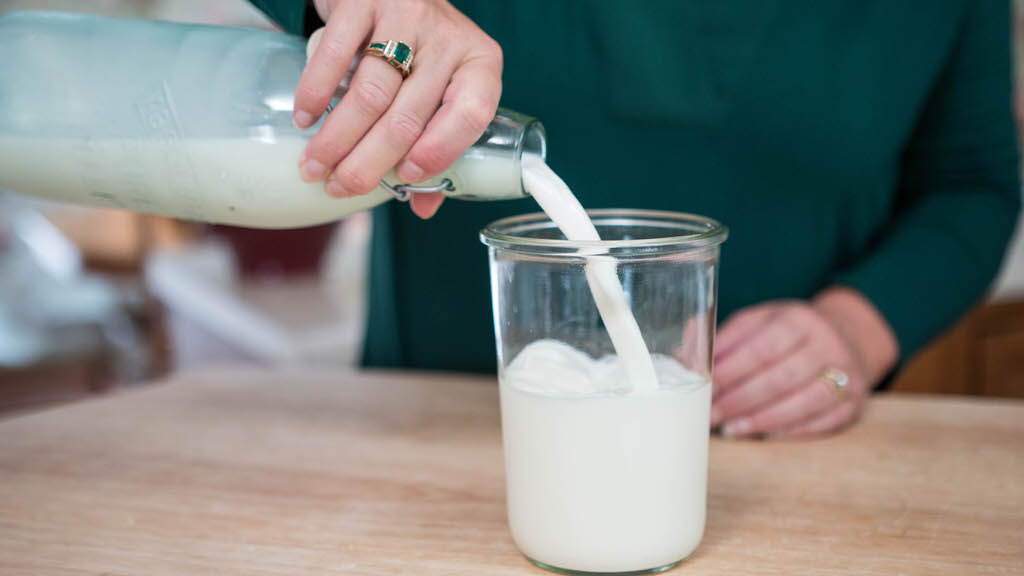
Ferment For Less Time
I always try to aim for 24 hours to ferment my kefir. This is much easier as I'm not making kefir more than once a day. BUT the 24 hours is simply a guideline and kefir can take less time in warmer temperatures if too many grains vs. milk are being used. If your house is extremely warm (above 75°F), your kefir is going to finish faster no matter how many cups of milk you use. So you'll need to strain it sooner rather than later. You get the most probiotics from kefir if you don't over ferment. The microbes will die as they run out of food, so a longer fermenting time is not better. However, this does not apply to second fermentation where you add a prebiotic (food for microbes). This does add more probiotics since kefir has been given another food supply.
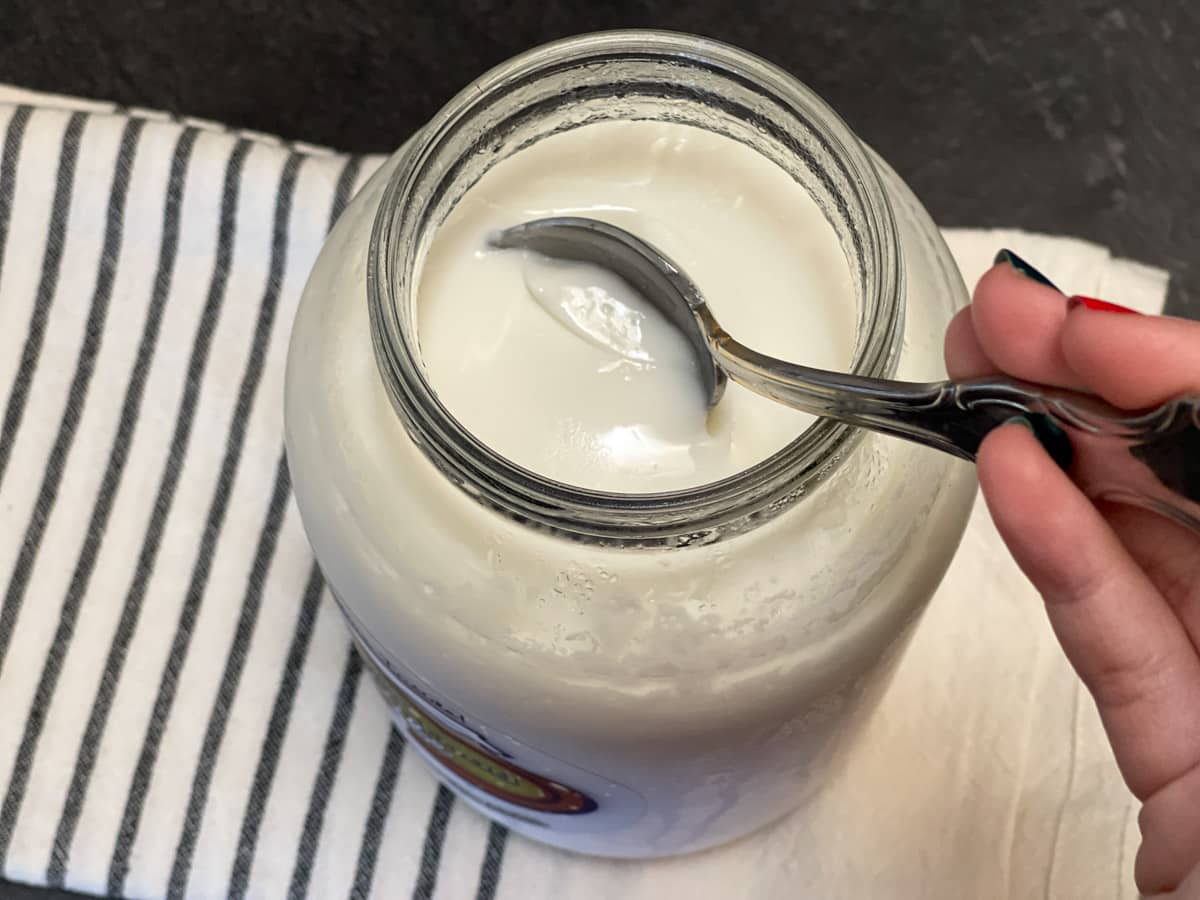
Keep Your Kefir In a Cooler
If your house is warm - above 78°F - put your kefir in a cooler with an ice bag or two, and leave the lid open a bit. Leave the kefir to ferment for 24 hours or longer, checking often until you start to see it get thick and sour tasting.
You can leave it on the counter for a couple of hours to start and then place it in the cooler. If the ice melts faster then you can change it out, try using a little ice pack.

Keep It In a Cooler Room
You don't have to keep your kefir in the kitchen. My kitchen is often the warmest room in my house because I'm raising the temperature from cooking. So feel free to move your kefir to a dining room, a spare room, or even an extra-large pantry. Just make sure it is well ventilated and always use a lid on your jar when you're making kefir. Kefir likes temperatures of 68-75°F. It will ferment faster or slower depending on the temperature. It does not like to get hot or warm, so cooler is better.
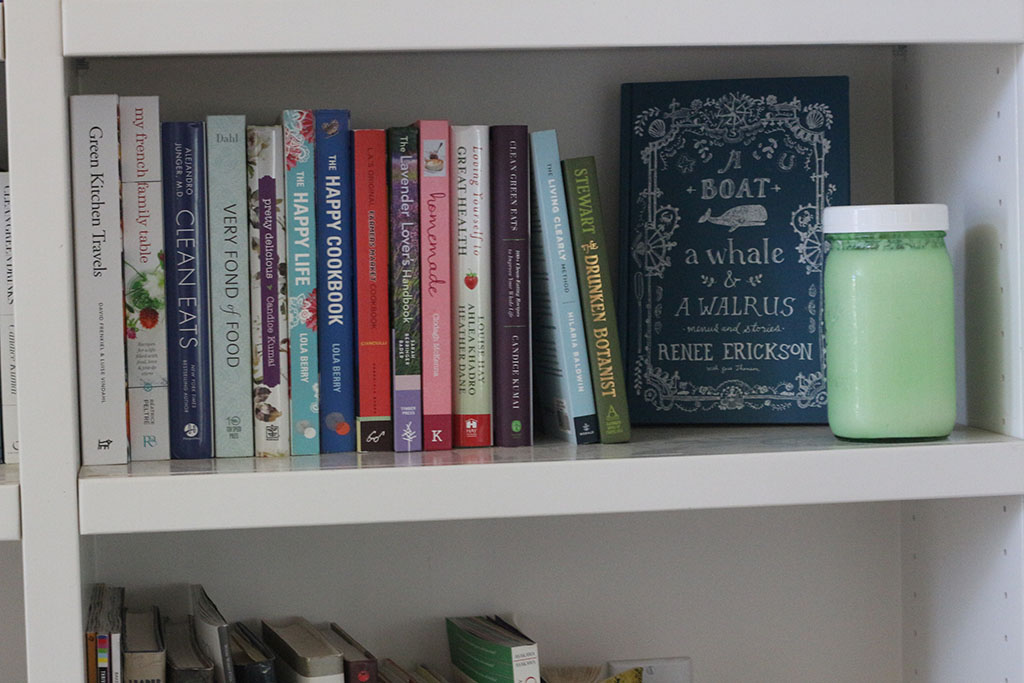
Make Bigger Batches
If you are using Easy Kefir packets, you can make larger batches of kefir all at once. After your first batch, which is a quart, you can reculture using 1/2 cup of this batch to make a half-gallon, or one cup to make a gallon of kefir. This means you only have to make it once or twice to have enough for the whole week, making it a bit easier in the summer when the kefir ferments more quickly and you don't have time, or aren't able, to "catch" it every day before it becomes overly fermented.
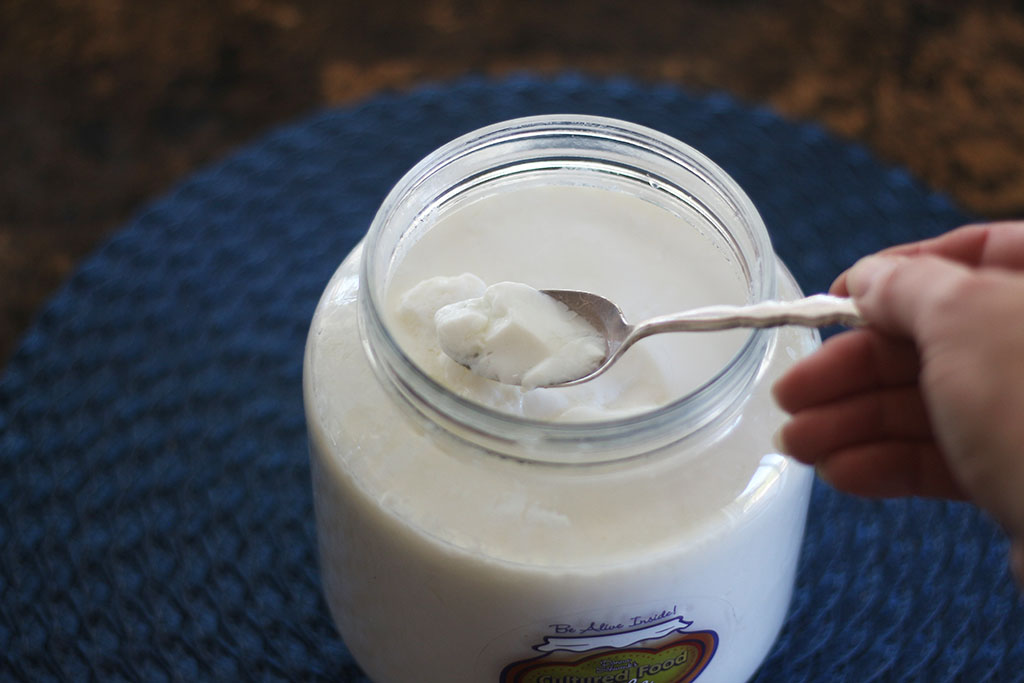
Give It a Prebiotic
Adding a prebiotic to your kefir gives it extra food, and this can help slow down the fermentation time. You can add a prebiotic to it such as Prebio Plus, or you can add 1/2 teaspoon of potato starch or inulin to give it more food. It might take longer to ferment, but just watch it and once it's thick and tart then it is ready to place in the fridge. This will keep it from over fermenting, and give it a creamier texture.
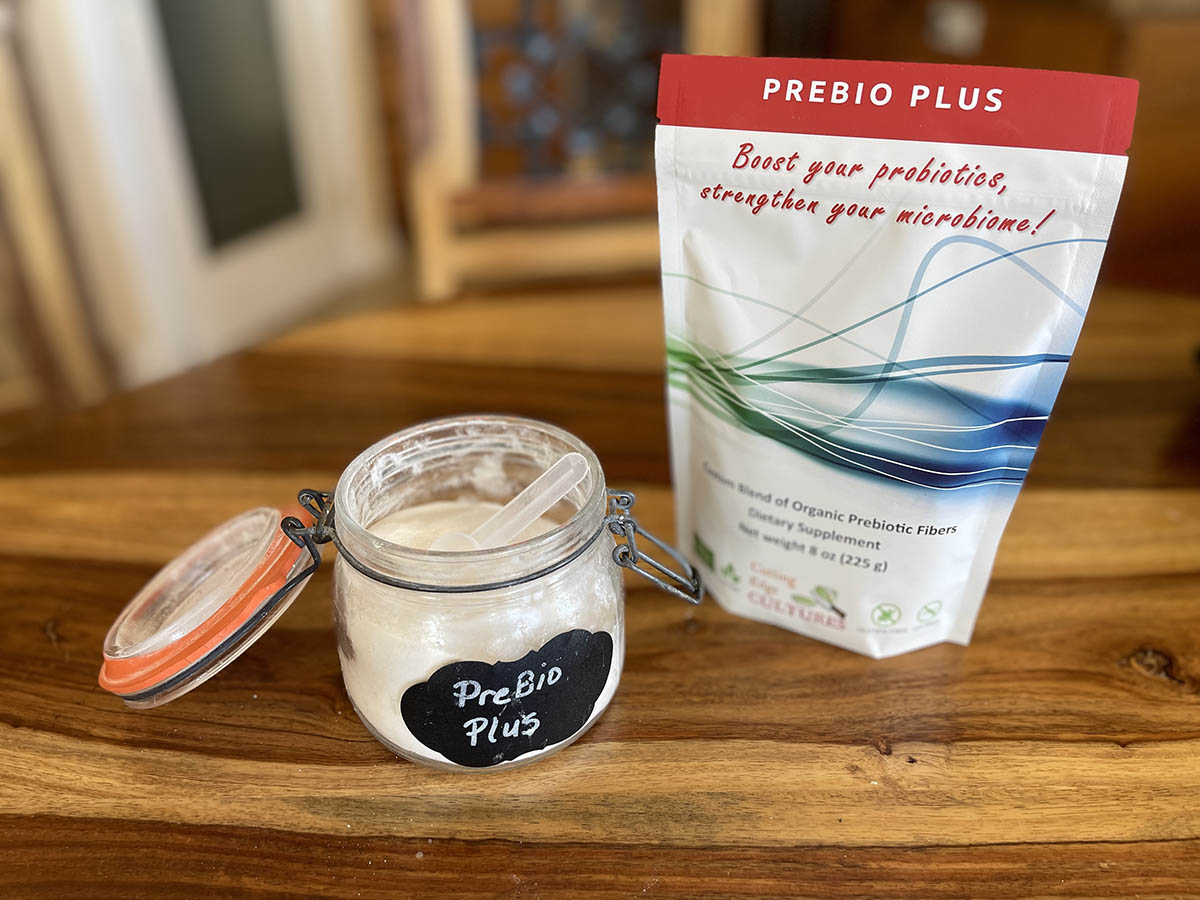
Yeasty Kefir
If your kefir starts to taste yeasty or has a strong astringent taste, then the yeast to bacteria ratio has gotten out of balance. There are good yeasts in kefir such as Saccharomyces kefir and Torula kefir. When it starts to taste yeasty, the yeast has become stronger than some of the bacteria and produces a strong odor. It might have gotten too hot or you haven't fed it enough. You want the good bacteria to be the main factor, so you need to give the grains more milk and a prebiotic like Prebio Plus. Then you'll get tons of good bacteria and not just good yeasts which are more powerful in health benefits.
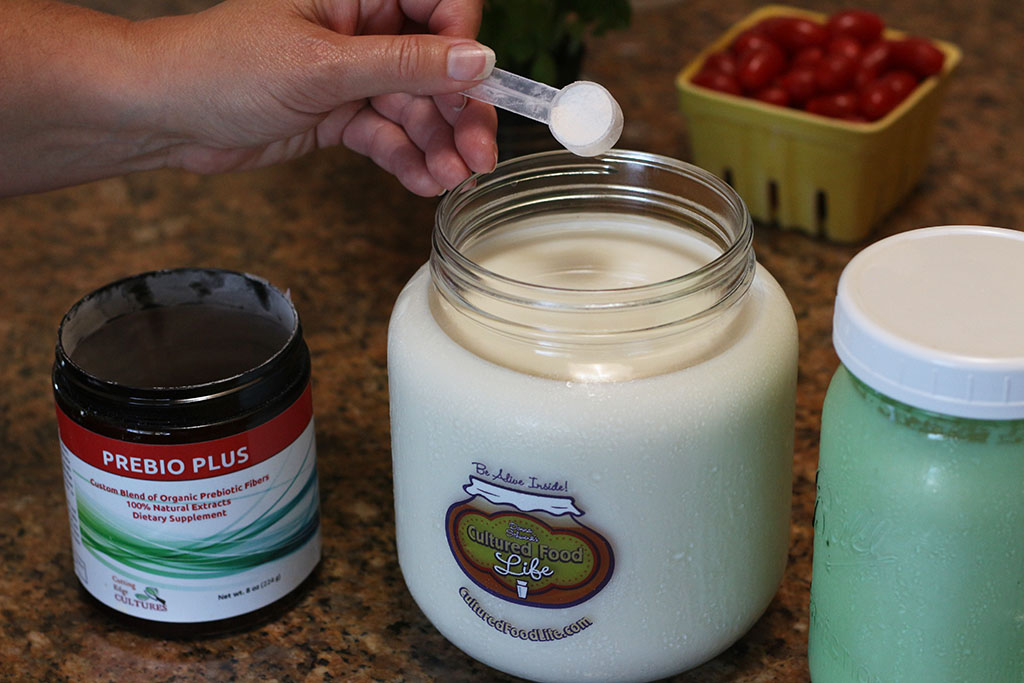
My Kefir Is Too Sour
- Second fermenting your kefir will always help with kefir that is sour. It really makes it taste so much better. Whenever you add something to kefir to second ferment, be it fruit or the peel of fruit, you give the good bacteria something else to eat instead. The bacteria turn it into probiotics and they love it. It is essentially like feeding the bacteria again, which in turn makes your kefir less sour.
- Here is another great tip: give your kefir a prebiotic like Prebio Plus. Prebiotics are food for bacteria and they give your kefir something to eat, which will help make your kefir creamy again. Give it a scoop of Prebio Plus (you can get it here) and shake it up, place it in the fridge, and let it do its thing. In the morning it will be creamy again!
- Instead of making your regular recipe with a large amount of kefir, split it up. For instance, instead of using a cup of kefir for a recipe, only use a half cup and then use regular milk, coconut milk, or my favorite - kefir cottage cheese, (In my book Cultured Food for Life) and blend it together. It's a lot less sour this way.
- You can also add some more milk to your super sour kefir and let it ferment again on the counter for 4 to 6 hours. This will help it to lessen the sharp twang. You don't need to add kefir grains. It will work without them because the kefir is so strong.
- Make your kefir into a fruit smoothie! (See recipes) The fruit I add most often to help with the sourness is a banana. I'm not sure why, but bananas seem to help a lot in cutting down on the sourness of kefir.
- One more ingredient that helps significantly is vanilla or lemon extract. It tends to mellow out the flavors. You can also add my own homemade vanilla to smoothies, ice cream, and desserts in general. I usually add a half tablespoon.
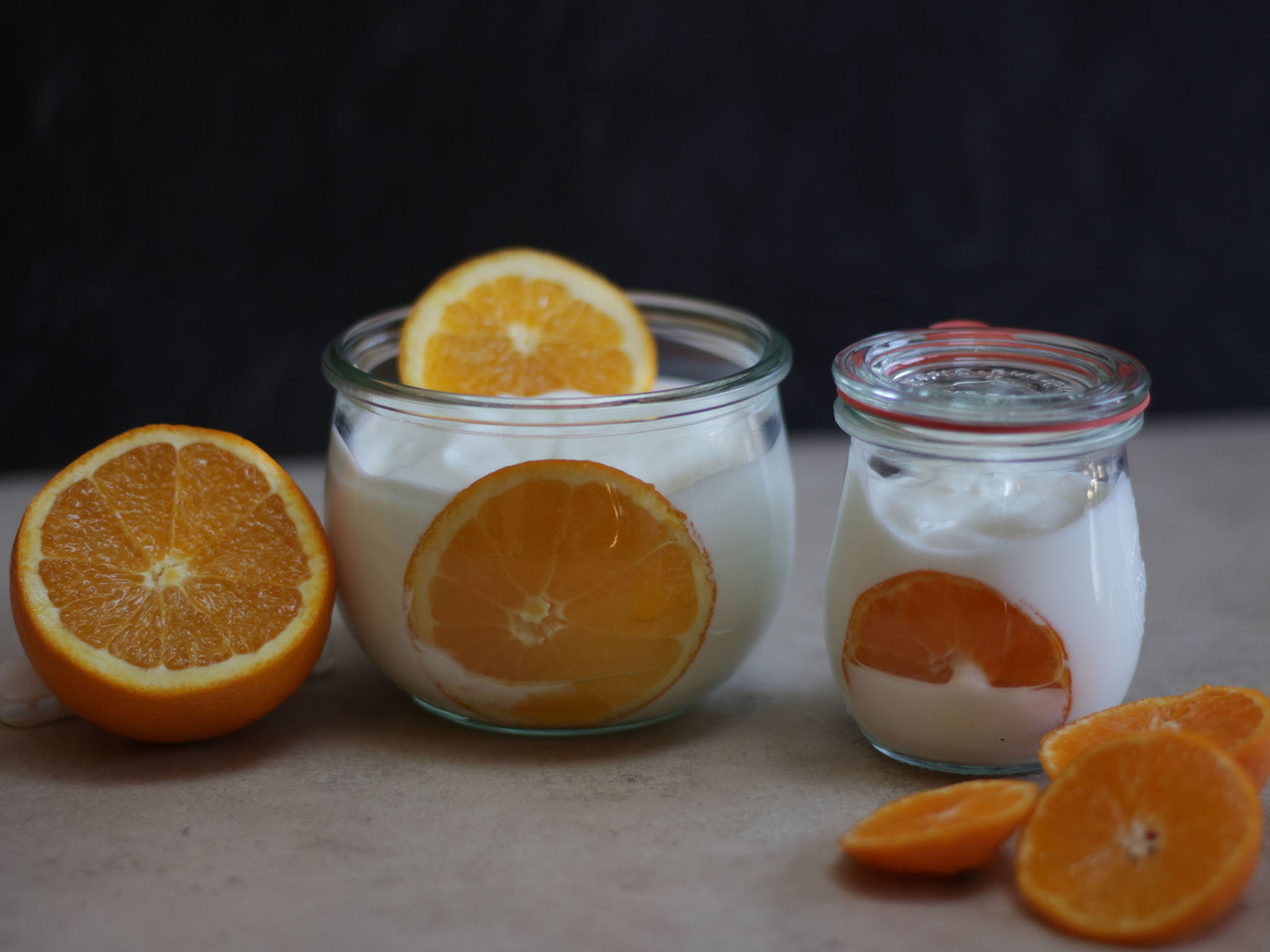
Summer Kefir Keeps You Shining! 🌞
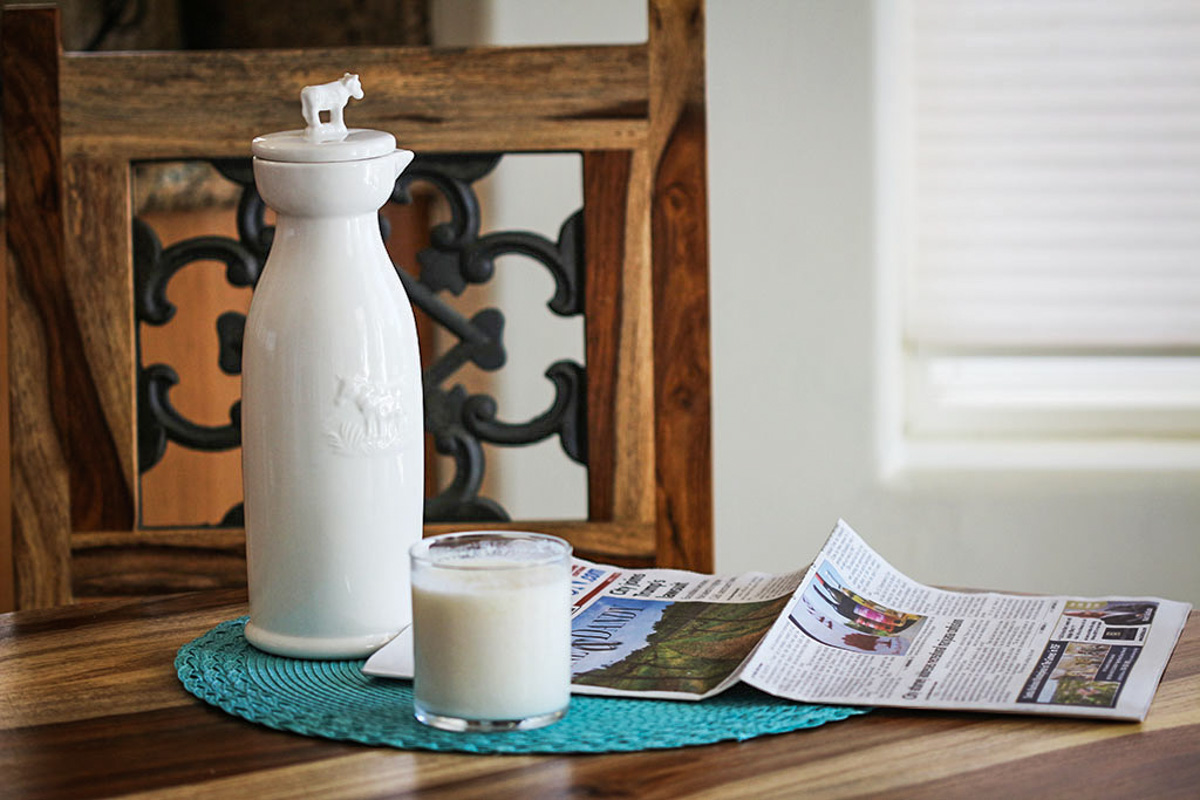
Listen To My Podcast
Kefir is a living food that tends to have a mind of its own. It ferments differently in the winter than in the summer, so understanding the process can make a huge difference. I'm sharing tips to help you make great summer kefir. I think drinking kefir first thing in the morning works best for me - especially in the summertime. It's a fast breakfast and I love it so much. Tune in to learn more.
References I talked about:
Are you on the list?
Sign up today and I'll send you my free Getting Started Guide!
Each week I'll send you updates, tips, recipes, and more! You might even be a winner of my weekly giveaway! (starter cultures, memberships, and more!)
Come be a part of my cultured food family!


